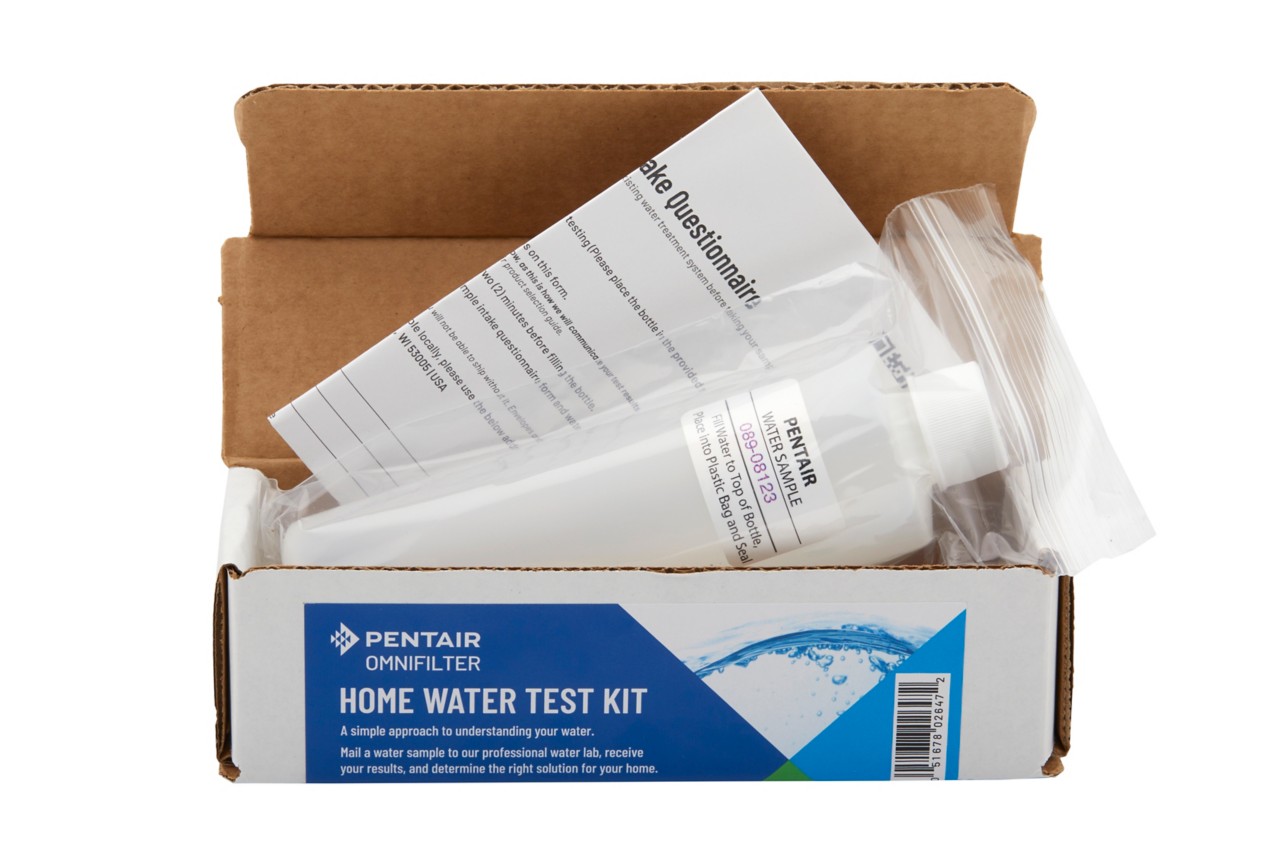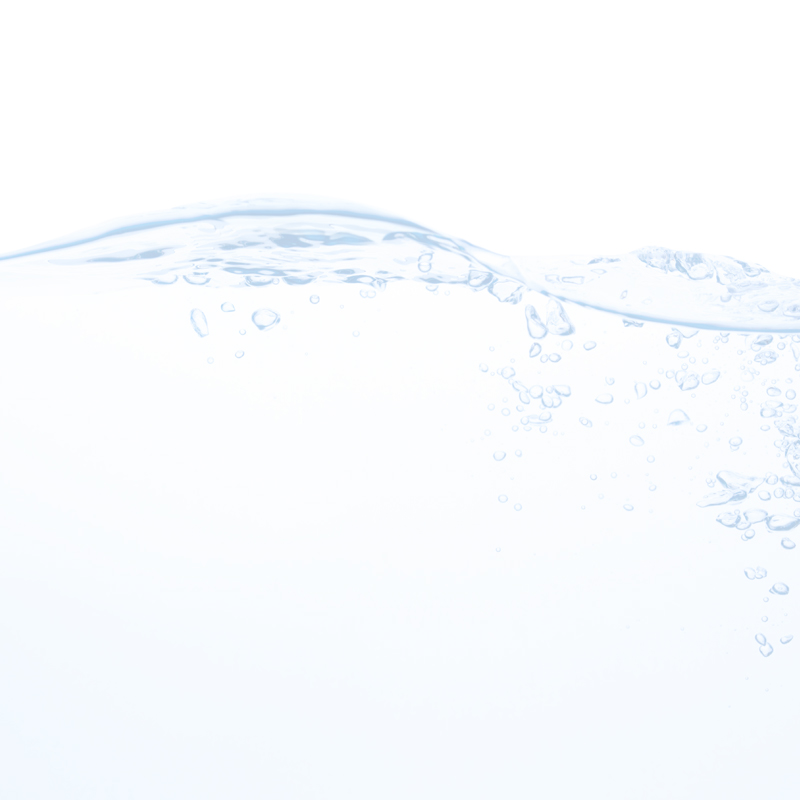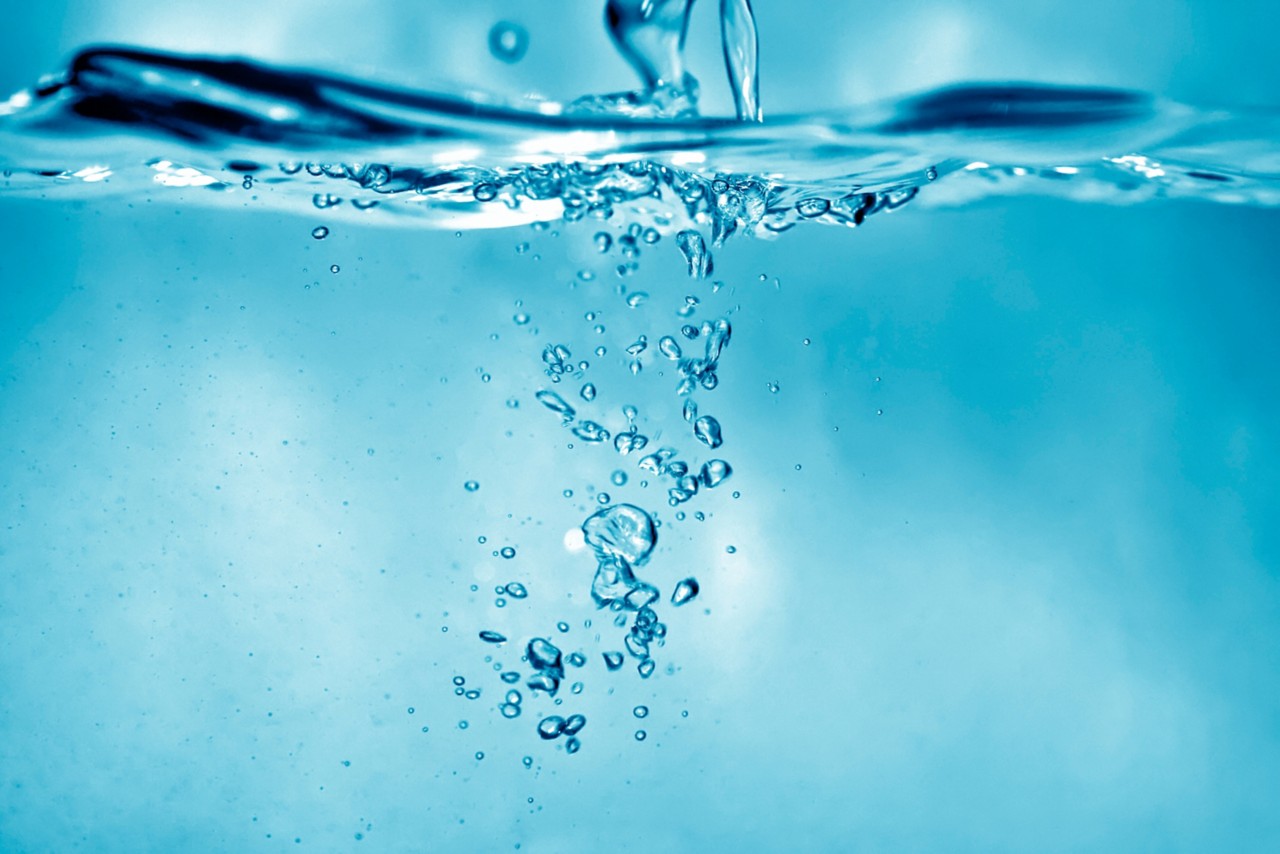Stop Wasting Water and Money. FIND A LOCAL PRO
Putting your water to the test.
Why do I need to test my water?
According to the U.S. Geological Survey, about 87% of the population receives water from a public supply system, while 13% of homes use private sources for their water needs (the vast majority of these homes use water stored in wells nearby).
Now, if you receive your drinking water from the local municipality, you can use a few resources to learn what contaminants are present in your water. Homeowners who have water pumped into their houses from the city can check a municipal water quality report. The Environmental Protection Agency (EPA) requires community water systems to send residents a copy of their water quality report, also called a consumer confidence report.
On the other hand, if you use private well water, well, there’s a lot less information floating out there for you to find. You see, the EPA does not regulate private wells, so they do not receive the same federal safeguards that public systems do. So your well, and the quality of your water, is entirely your responsibility. (NOTE: If you are unsure of where your water comes from, ask yourself: do you receive a water bill in the mail? If the answer is no, you are likely in the private well water world.)
No matter which source you use in your home, it’s important for your peace of mind to know that the water in your home is safe for you and your family to use and consume on a daily basis. And that demands a boost in your water wisdom. Which starts with a water test.
First Things First: What Is A Water Test?
In simplest terms, a water test takes a sample of your water and determines the concentration of substances other than water, called …ewww… “contaminants,” that are present in the sample.
Where do contaminants come from?
Many factors can cause contamination. And many routes can bring it into your water supply. Let’s break it down further.
Municipal Water.
Contaminants can get into municipal water in between treatment and flowing out of your tap. Chemicals and pipe coating can leech into drinking water. Chlorines and chloramines that treat your water can interact with organic compounds to create disinfection byproducts (DBPs). Naturally-occurring contaminants and pollution can enter water sources directly.
According to the EPA, common municipal water contaminants include:
- Disinfection chemicals (chlorine and chloramines)
- Heavy metals from pipes (lead and copper)
- Disinfection byproducts like trihalomethanes (THMs)
- Total coliform bacteria (often from septic tanks)
- Naturally-occurring minerals and chemicals (manganese, arsenic, radium)
- Pesticides
- Nitrates and nitrites from fertilizers
Private Well Water.
Contaminants can find their way into wells during inclement weather or gradually over time. Flooding or agricultural runoff can sometimes contain chemicals and live bacteria. Check sanitary seals in wells regularly to ensure they haven’t been broken and thereby compromised the well water quality.
According to the EPA, potential well water contaminants include:
- Animal waste
- Heavy metals (arsenic, lead, chromium, cadmium, and selenium)
- Industrial chemicals
- Microorganisms (bacteria, viruses, and parasites)
- Naturally-occurring fluoride
- Naturally-occurring radionuclides (uranium, radium, and radon)
- Nitrates and nitrites from fertilizers
- Pesticides
To enjoy worry-free water, the best way to detect contamination is with a water quality test.
We are water Experts
Water quality is non-negotiable. To prove it, we've built state-of-the-art water quality labs and filled them with the best and brightest scientists — all so we can provide you with the best water of your life.

How Frequently Should I Test My Water?
Most municipal water agencies will release water quality reports that you can read online once a year. Still, if you want a breakdown of what’s present in your water, and not just a reading from somewhere in your city, test your water quality yearly.
The Centers for Disease Control and Prevention (CDC) recommend owners of private wells also test their well water at least once a year. The organization recommends that well owners conduct well water tests for total coliform bacteria, nitrates, and other contaminants in spring after checking the well for mechanical problems. To build on that, the Groundwater Foundation notes that shallow wells, and wells that utilize surface water sources, are more susceptible to contamination. The foundation recommends well owners in these conditions conduct a water test seasonally.
What Are The Common Contamination Clues To Look For?
If you notice a significant change to the quality of your water, you should order a water test immediately. Possible changes in water quality include, but are not limited to:
- A change in taste
- A change in color
- A change in smell
- A change in consistency (for example, does your water feel chalky?)
Also, if any abnormal occurrences threaten your well’s integrity, you should test your water immediately and refrain from drinking it until your results are back. These situations include:
- Flooding near or in your well
- A storm like a hurricane or a tornado
- An earthquake that can destroy the lining of your well
- An abrupt change in water quality of any kind after a heavy rain
- Spills or leaks reported from nearby processing, power, or manufacturing plants
- Reports of runoff from nearby farms or agricultural lands
Again, test your water seasonally if:
- You have a shallow well or utilize a surface water source
- Hazardous waste or chemicals are used near your home
- Your well water has previously tested positive for any worrisome contaminants
These guidelines will help you determine when it’s best to conduct the testing of your well water. Remember: when you perform a test, test both the water from the tap and the source water. This will let you know if the problem exists in your well or your pipes.
What's in your water?
start here
Worried about your water? Take control with our at-home water test kit. We'll analyze your water and recommend the best filtration or softening solution for your specific needs.


Water 101
Unleash the secrets of your H2O! Explore where water originates and discover the various water filtration solutions that transform it into drinkable water.
Disclaimer: The FDA has not reviewed the information on this website. Products offered for sale herein are not intended to treat, cure, or prevent any disease or health condition. No medical claims are being made or implied. Contaminants mentioned are not necessarily in your water.



